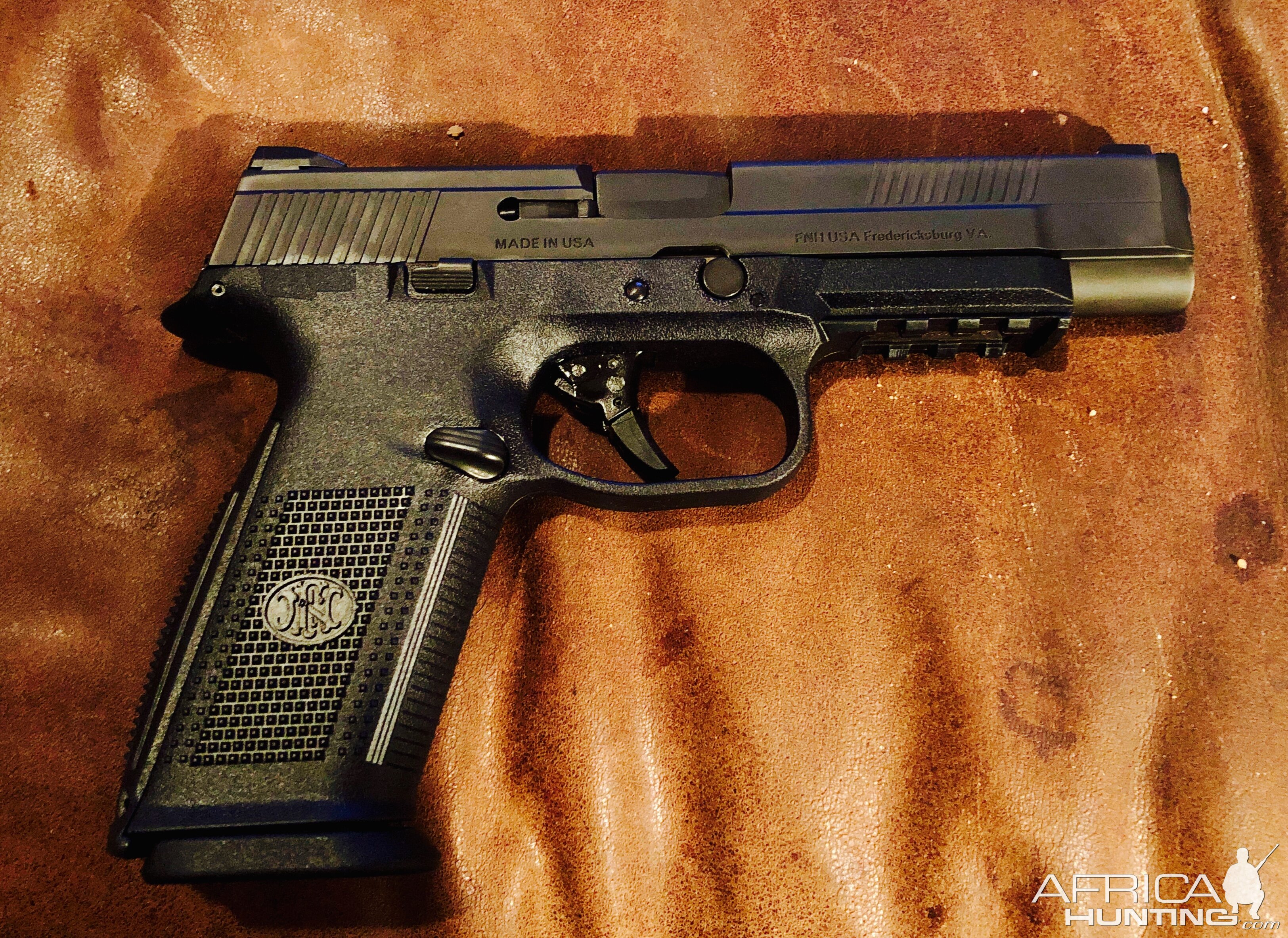+1 (702) 963 3706

Fine Needle Aspiration (FNA) is a medical procedure that has significantly evolved over the years, revolutionizing the diagnosis and treatment of various medical conditions. This article delves into the rich history and the progressive evolution of FNA, exploring the key innovations that have shaped its trajectory.
Fine Needle Aspiration has its roots in the early 20th century when medical practitioners started using fine needles to extract tissue samples for diagnostic purposes. The initial techniques were rudimentary, often involving simple needles and manual aspiration methods.
During the mid-20th century, FNA underwent notable advancements. Dr. Martin H. Fishbein is credited with introducing the concept of using cytology for thyroid diagnosis in the 1940s. However, it was in the 1960s that FNA truly gained momentum. The introduction of the spring-loaded gun for biopsy marked a significant leap forward, making the procedure less invasive and more accurate.
The 1970s witnessed the integration of radiological guidance into FNA procedures. Ultrasound and computed tomography (CT) scans began to be used to guide the needles more precisely, enhancing the accuracy of tissue sampling. Additionally, the concept of Fine Needle Aspiration Cytology (FNAC) emerged, further refining the diagnostic capabilities of FNA.
The 1990s saw a paradigm shift in FNA with the incorporation of molecular techniques. Polymerase Chain Reaction (PCR) and DNA sequencing revolutionized the analysis of tissue samples obtained through FNA, allowing for more precise identification of genetic abnormalities. This era marked the beginning of personalized medicine in the field of FNA, tailoring treatments based on individual genetic profiles.
As technology continued to advance, the 21st century brought automation and robotics into the realm of FNA. Automated biopsy devices and robotic assistance became integral, providing more consistent results and reducing procedural variability. These innovations not only improved the efficiency of FNA but also expanded its applications to various organs and tissues.
In recent years, the integration of Artificial Intelligence (AI) and Machine Learning (ML) has further elevated FNA's diagnostic capabilities. AI algorithms analyze vast datasets, aiding in the identification of subtle patterns and abnormalities that may go unnoticed by the human eye. This amalgamation of technology and medicine has opened new frontiers in precision medicine and diagnostic accuracy.
While FNA has come a long way, challenges persist. Variability in operator skills, false-negative results, and the need for more comprehensive molecular profiling are areas that continue to be addressed. The future holds promise for FNA, with ongoing research focusing on refining techniques, improving automation, and integrating more advanced technologies.
The history and evolution of Fine Needle Aspiration depict a fascinating journey of innovation and progress in the field of medical diagnostics. From its humble beginnings in the early 20th century to the integration of cutting-edge technologies like AI and ML in the present day, FNA has continuously evolved, enhancing its accuracy and expanding its applications. As we look toward the future, the ongoing advancements in technology and medical research are likely to propel FNA into new realms of diagnostic precision, further transforming patient care and outcomes.
We take pride in the quality and originality of our products
Our products reach our clients in a timely and discreet manner
We provide support for all customers at all times
If there are any defects upon arrival, do return the weapon and be refunded in full.
Comments
Leave a Comment